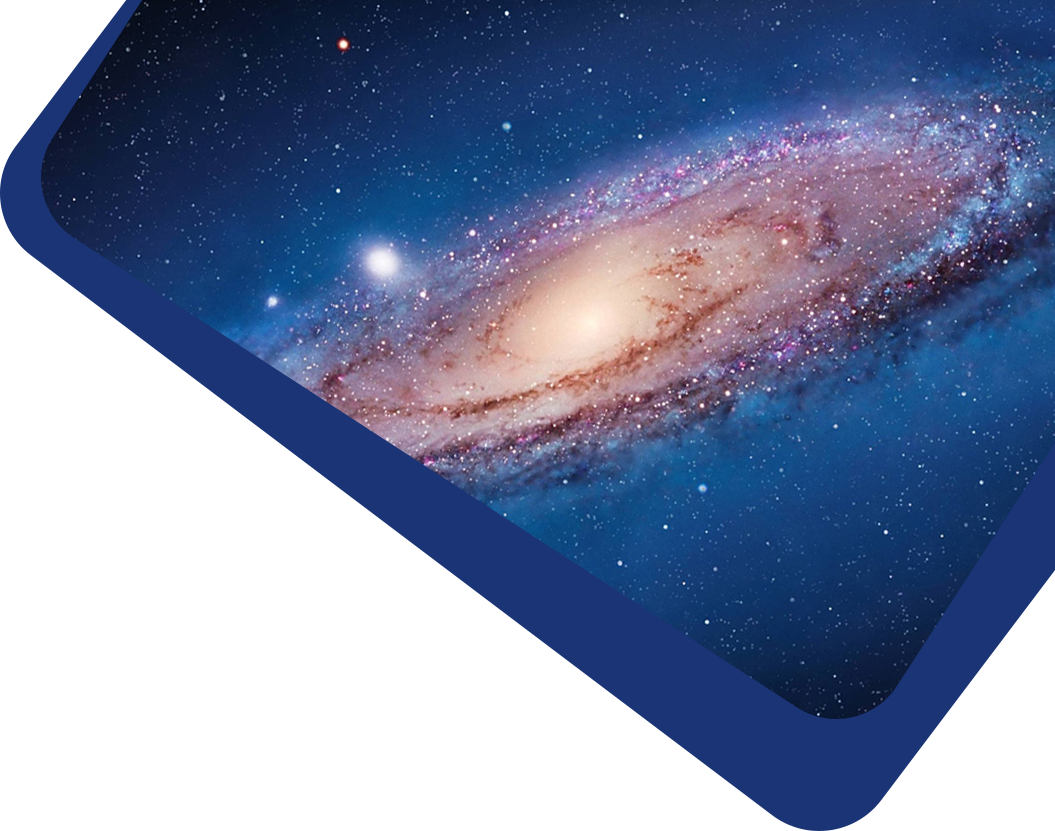We investigate the relationships between infrared excess (IRX = LIR/LUV) and Balmer decrement (Hα/Hβ) as indicators of dust attenuation for 609 H ii regions at scales of ∼50–200 pc in NGC 628, utilizing data from AstroSat, the James Webb Space Telescope (JWST) and Multi Unit Spectroscopic Explorer. Our findings indicate that about three-fifths of the sample H ii regions reside within the regime occupied by local star-forming galaxies (SFGs) along the dust attenuation correlation described by their corresponding color excess parameters E(B − V)IRX = 0.51 E(B − V)Hα/Hβ. Nearly 27% of the sample exhibits E(B − V)IRX > E(B − V)Hα/Hβ, while a small fraction (∼13%) displays significantly lower E(B − V)IRX compared to E(B − V)Hα/Hβ. These results suggest that the correlation between the two dust attenuation indicators no longer holds for spatially resolved H ii regions. Furthermore, the ratio of E(B − V)IRX to E(B − V)Hα/Hβ remains unaffected by various physical parameters of the H ii regions, including star formation rate (SFR), SFR surface density, infrared luminosity (LIR), LIR surface density, stellar mass, gas-phase metallicity, circularized radius, and the distance to the galactic center. We argue that the ratio is primarily influenced by the evolution of the surrounding interstellar medium of the star-forming regions, transitioning from an early dense and thick phase to the late blown-away stage.



